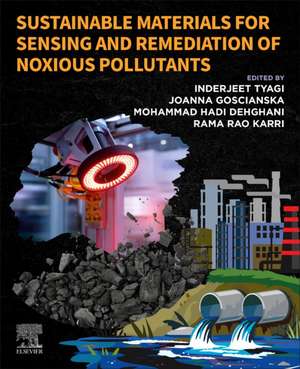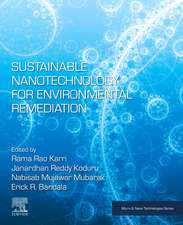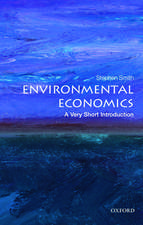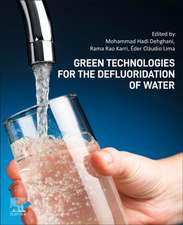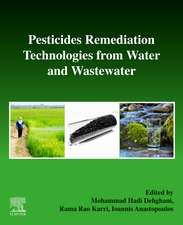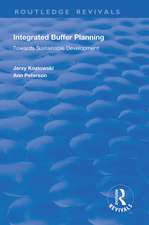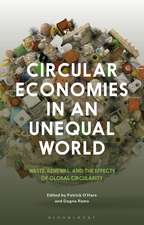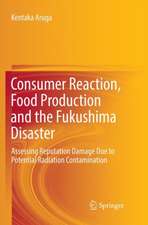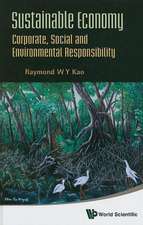Sustainable Materials for Sensing and Remediation of Noxious Pollutants
Editat de Inderjeet Tyagi, Joanna Goscianska, Mohammad Hadi Dehghani, Rama Rao Karrien Limba Engleză Paperback – 17 aug 2022
Chapters include information on low cost materials as sensing and remediating agents for the rapid removal of noxious impurities from wastewater. It includes chapters on the sensing of noxious metals, low cost adsorbents for the removal of noxious impurities i.e. inorganic (metal ions) and organic (dyes). Additional chapters include future/upcoming scopes of work and one chapter on the general introduction of the field. The book content will be technical and focused for the audience like graduate students, academicians, researchers and industrial professionals.
Sustainable Materials for Sensing and Remediation of Noxious Pollutants is single reference source for environmental scientists and engineers interested in low cost sensing and remediation strategies.
- Assists readers in developing new strategies to address the issues related to sensing and remediation activities
- Includes low cost materials for sensor and adsorbent development allowing professionals to make decisions based on economic considerations
- Provides alternatives for the development of socioeconomically sustainable products for sensing and remediation application
Preț: 633.57 lei
Preț vechi: 826.85 lei
-23% Nou
Puncte Express: 950
Preț estimativ în valută:
121.23€ • 126.92$ • 100.31£
121.23€ • 126.92$ • 100.31£
Carte tipărită la comandă
Livrare economică 29 martie-12 aprilie
Preluare comenzi: 021 569.72.76
Specificații
ISBN-13: 9780323994255
ISBN-10: 0323994253
Pagini: 372
Dimensiuni: 216 x 276 x 28 mm
Greutate: 0.64 kg
Editura: ELSEVIER SCIENCE
ISBN-10: 0323994253
Pagini: 372
Dimensiuni: 216 x 276 x 28 mm
Greutate: 0.64 kg
Editura: ELSEVIER SCIENCE
Public țintă
Graduate students and researchers in environmental remediationEnvironmental and biochemical engineers
Cuprins
Part 1. Introduction to the general aspects of sensing and remediation materials
Part 2. Synthesis of sensing material for the detection of Macrocyclic and Rotaxanes
Part 3. Sensor material for detection of noxious metal impurities
Part 4. Conducting polymer based sensing materials for water treatment
Part 5. Graphene oxide nanocomposite for the remediation of micropollutants (Pharmaceutical Impurities and Metal Ions)
Part 6. Low cost adsorbents (Biomaterials, nanomaterials, waste materials) for the remediation of noxious pollutants (inorganic and organic) from wastewater
Part 7. Outlook of Industries and their expectations in terms of cost-economics and societal benefits
Part 2. Synthesis of sensing material for the detection of Macrocyclic and Rotaxanes
Part 3. Sensor material for detection of noxious metal impurities
Part 4. Conducting polymer based sensing materials for water treatment
Part 5. Graphene oxide nanocomposite for the remediation of micropollutants (Pharmaceutical Impurities and Metal Ions)
Part 6. Low cost adsorbents (Biomaterials, nanomaterials, waste materials) for the remediation of noxious pollutants (inorganic and organic) from wastewater
Part 7. Outlook of Industries and their expectations in terms of cost-economics and societal benefits
